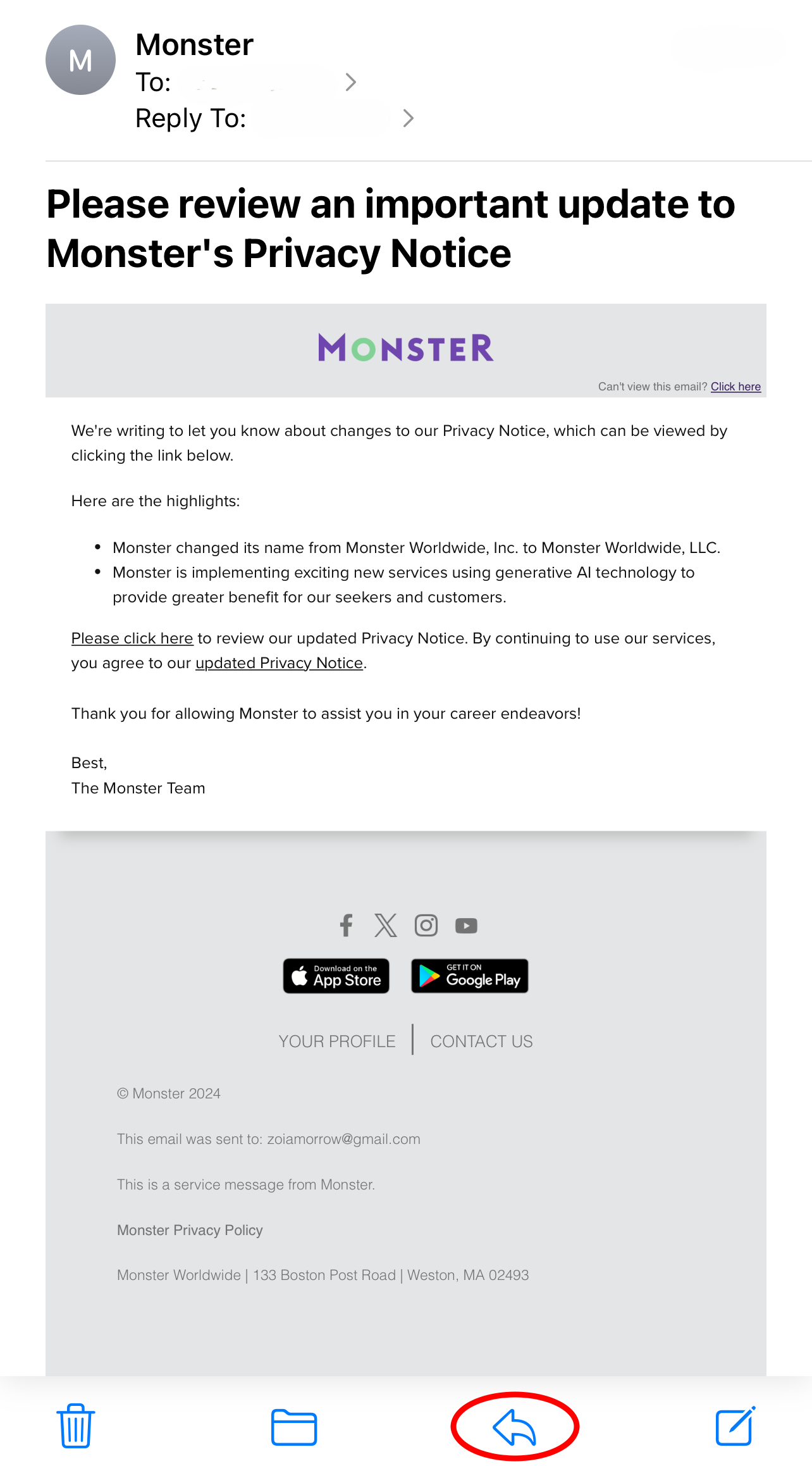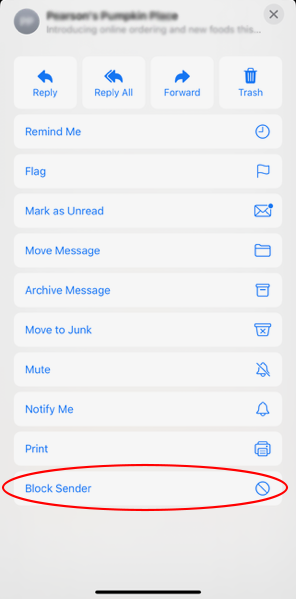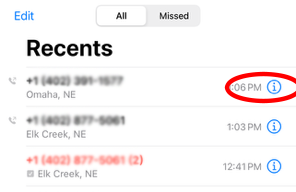Do you answer unfamiliar phone calls? How about emails? Do you respond to texts from unknown numbers? If the answer is even, “sometimes,” we’re here to provide context on how to spot a phishing email/call/message.
What is phishing? Phishing is a type of cyber attack in which scammers pose as legitimate entities to gain access to sensitive information, usually to steal financial information, gain unauthorized access to accounts or install malware on your device.
Generic Greetings: Legitimate organizations typically use your full name when addressing you. Be cautious of emails that open with vague greetings like “Dear Customer” or “Dear User.”
Caller ID: Scammers may spoof caller IDs to make it appear that the call is coming from a legitimate entity, familiar state or area code. Don’t trust caller ID alone; verify the caller’s identity.
Urgency and Threats: Like phishing emails, scam phone calls often create urgency or threaten consequences if you don’t comply. They may claim your bank account is compromised, you owe taxes, or there’s a legal issue.
Don’t Always Click Links: Preview the URL by hovering over the link to see if the link matches the content of the email. If you’re texted a link from a suspicious number, go directly to the account or website the text is referencing/claiming to be coming from. If action is needed, you should be able to find information online, bypassing clicking the unknown link.

Requests for Information or Money: Be cautious if the caller asks for personal information or account details or demands immediate payment via wire transfers, gift cards or cryptocurrency. If you feel uncomfortable by demands or questions, know you can always say you will need to call them back. Hang up and directly call the company the suspicious caller was said to be calling from.
Emotional Manipulation: Scammers may use emotional manipulation, such as pretending to be a loved one in trouble or offering unrealistic prizes, to trick you into taking action.
If you identify an email you think is a phishing attempt:
Step 1.
Click on the arrow at the bottom of the email. Scroll down to block sender. This should render that email address from contacting you again.


If you identify a phone call/number you think is a phishing attempt:
Step 2.
Hang up immediately
Step 3.
Block the number/contact by clicking on the ⓘ and clicking ‘Block Caller’


Take this quiz from Seniors Guide to test your knowledge of common scam attempts. Click on the hyperlinks to read other blogs from GPC for more tips on Facebook spam and protecting your personal information.

